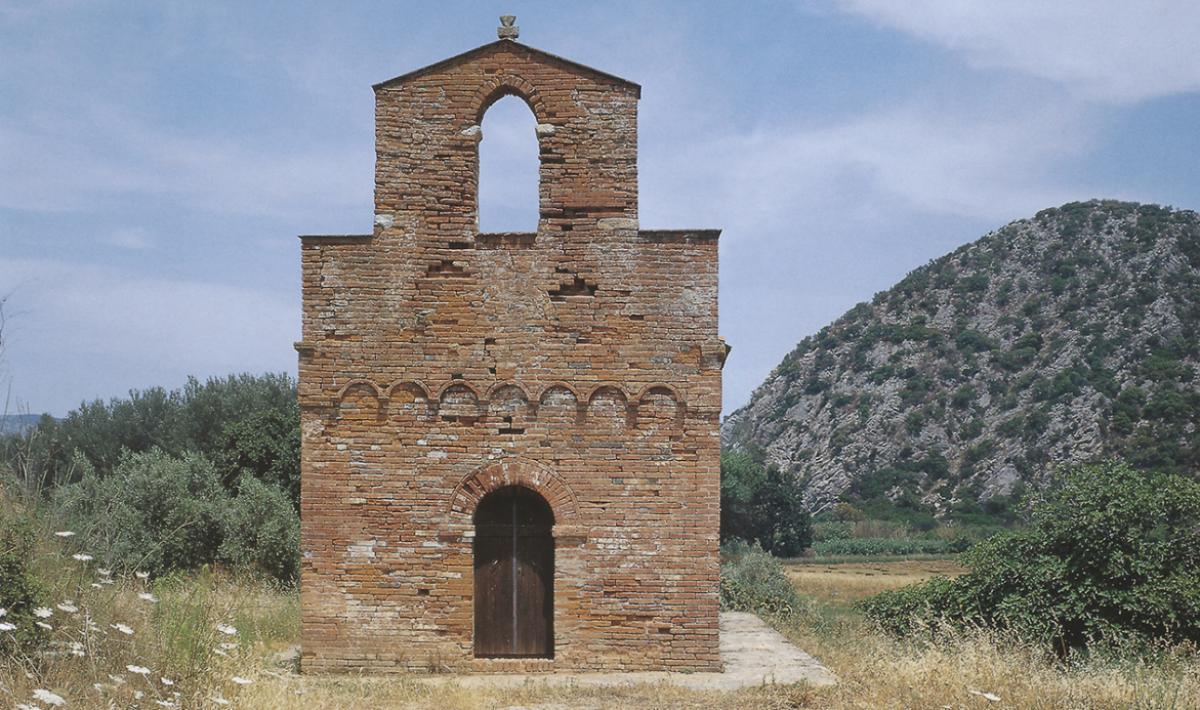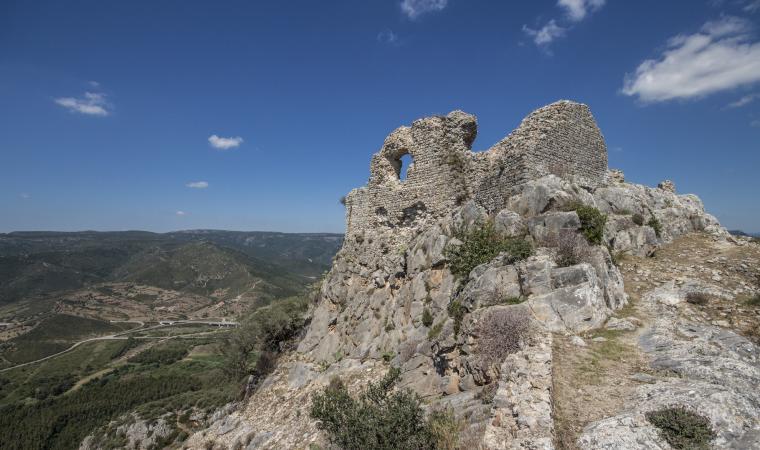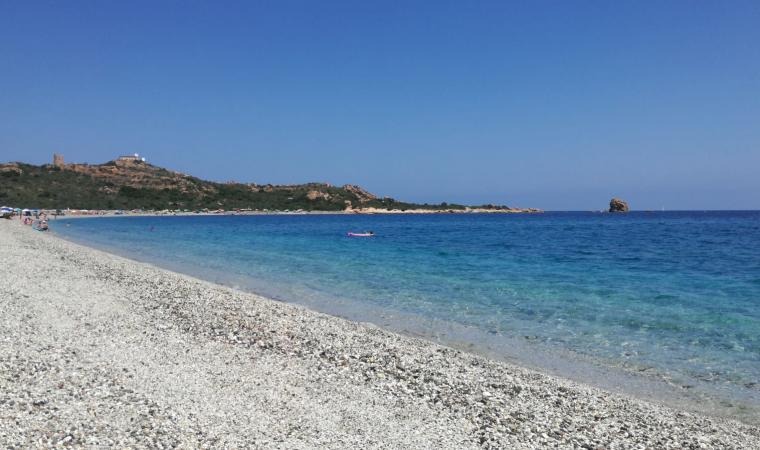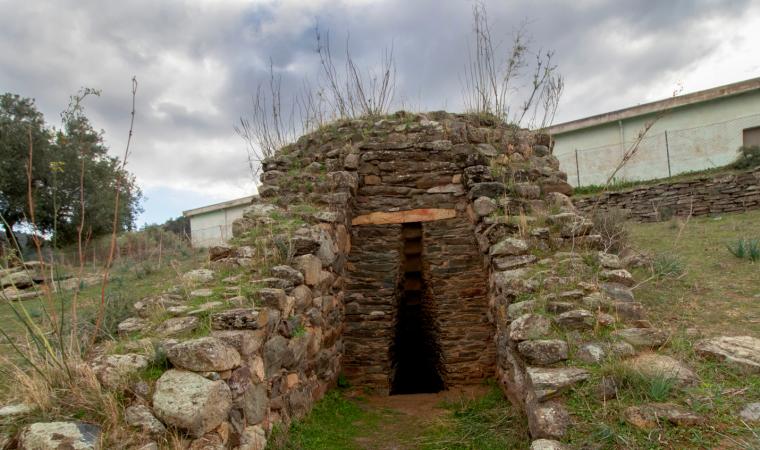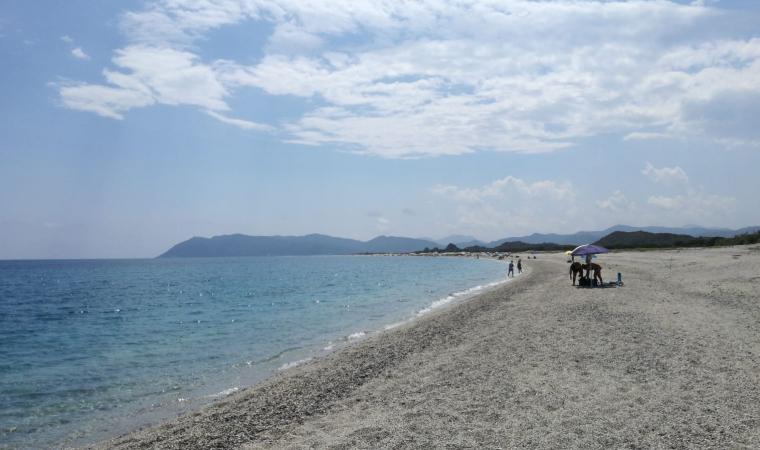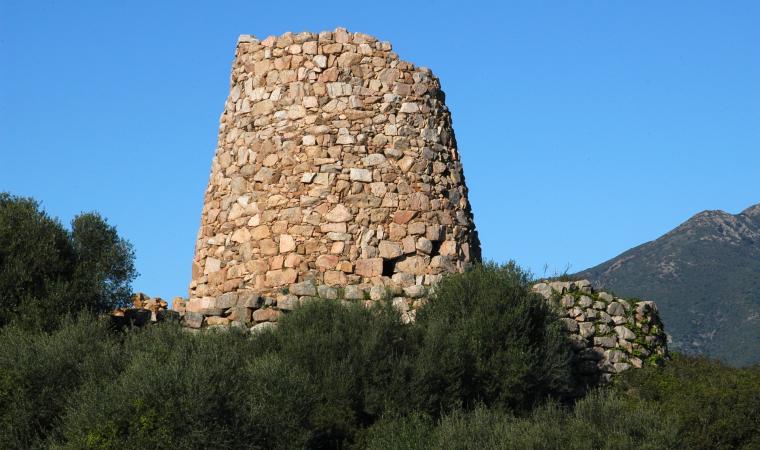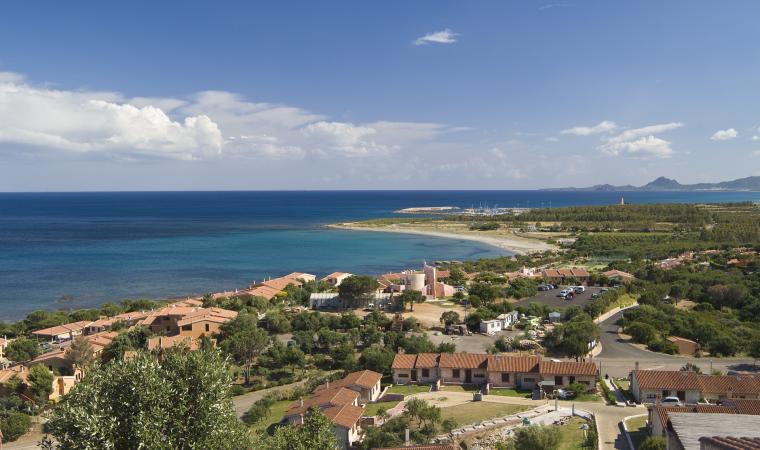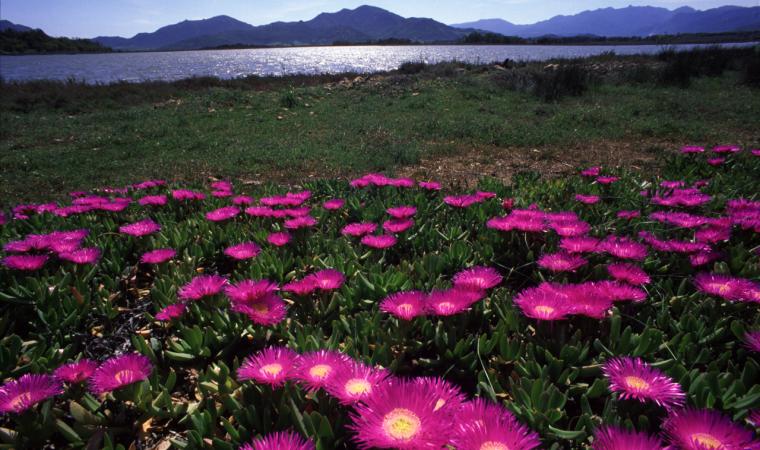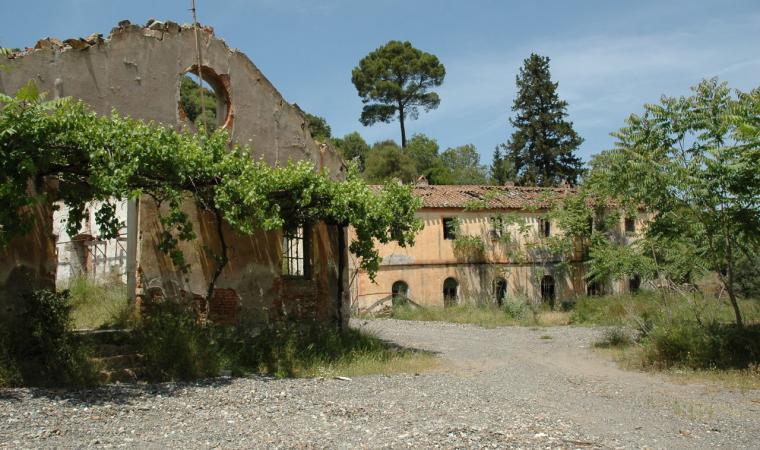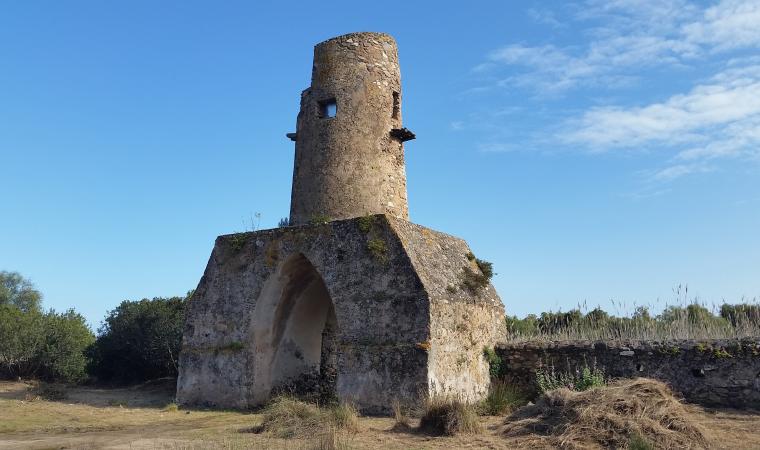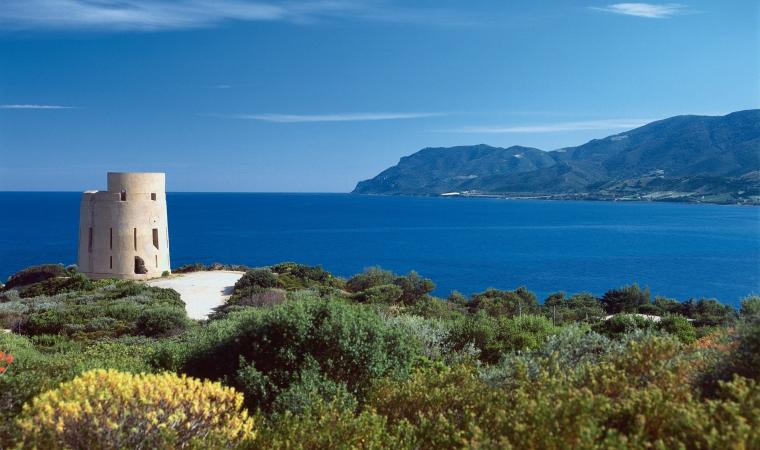One detail makes it almost unique in Sardinia: it was built entirely from terracotta bricks and there is only one other example like it, about 150 kilometres away. The church of San Nicola stands on the plain of Quirra, in the territory of Villaputzu, and the unique materials used for its construction were also used to build San Gavino di Lorzia, isolated in the countryside of Bono. The bricks were made using local clay and were fired on site, as is shown by the traces that lead us back to the quarry and the kilns. No known source confirms the year of construction or consecration of the building. Therefore, in order to place it between the end of the 12th and the beginning of the 13th century, it was necessary to rely on architectural and decorative styles, as well as on the use of well-defined geometric patterns, such as the ‘Tuscan canna’ and 'squaring'.
The Pisan origin of the church is also known thanks to a historical fact: at the beginning of the 12th century, the judge of Cagliari granted the Opera di Santa Maria di Pisa a vast estate near the medieval village of Kirra, in order to intensify agricultural production in the area and evangelise the local population. The construction of the sanctuary was, therefore, the merit of the monks sent by the Order. The village was later abandoned during the 15th century, but the church continued to be frequented at least once a year, in the centuries that followed, for celebrations in honour of the saint.
Its layout is rectangular, with a single nave and a semicircular apse facing east. The façade has a portal with a rounded arch and ends with a bell gable. You will also notice a series of small hanging arches along the entire perimeter. On the sides, single lancet windows open up, two on each side and a fifth in the centre of the apse. The room is paved in terracotta and it has a wooden trussed roof, resting on cornices decorated with geometric patterns.
The church is located at the foot of Mount Cudias, on the peak of which you will find the ruins of the Castle of Quirra. This strategically important outpost was first owned by Cagliari, then by Pisa and the Aragonese and, in the end, it was granted as a fief to the Carroz family, becoming the stage of stories and legends linked to the Countess Violante Carroz, known at that time as ‘the bloodthirsty one’. The wide perimeter wall and the ruins of the tower and of two cisterns still remain. The panorama from up there will leave you breathless, with a view of the twelve hills of Sarrabus and the extremely long beach of Murtas, stretching as far as Capo San Lorenzo.

